

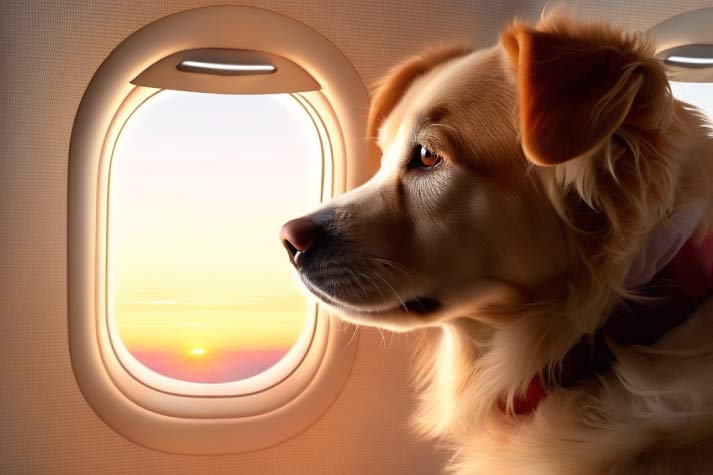
07 May
Relocating a pet internationally is a complex, tightly regulated process that requires detailed planning and significant financial commitment. Pet travel is not a last-minute add-on, but a parallel operation to human relocation; meticulously coordinated to ensure safety, compliance, and minimal stress on the animal.
The high costs associated with international pet transport are driven by multiple non-negotiable factors that ensure pets travel legally and humanely. While the costs do seem exorbitant at first glance, the reality is that the process (with all its steps and procedures) costs this much because that is the cost of flying a pet safely.
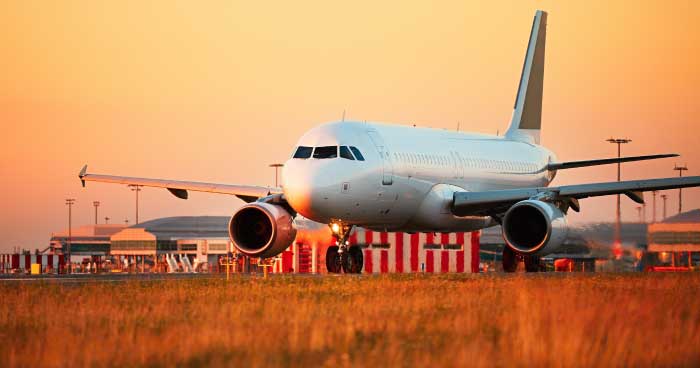
When it comes to the price you are quoted, most of it goes straight to the airline. But unlike your economy seat, your pet’s journey comes with a host of invisible upgrades.
Airlines treat live animal cargo with a different set of rules. They need space; no boxes of electronics or pharmaceutical supplies can ride next to your dog. The compartment must be safe for pets to travel in, which means having a temperature and pressure sensitive cargo bay.
Even small pets eat up a surprising amount of volumetric weight, which is the metric airlines use when calculating freight rates. The result? A fare that can run into the thousands, depending on your pet’s size, the airline’s route, and destination-specific surcharges.

Flying a pet internationally is less like booking a trip and more like coordinating a mini-immigration process. Health certificates, import permits, vaccination records, parasite treatments, and microchip details must all be collected, verified, and endorsed by official government vets.
If you were to miss a detail (like a typo in the microchip number or the wrong type of tick treatment) and you could be facing mandatory quarantine, costly re-tests, or outright denial of entry. For a pet, that could mean weeks in isolation. For you, it means a whole lot of stress and bills.
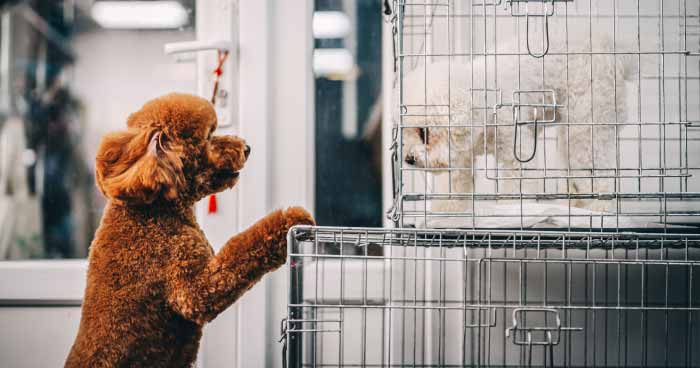
When people think of flying a pet, they imagine a process where a pet animal is put in a crate and wheeled onto the tarmac. This could not be further from the truth.
Airlines and pet transport companies invest in specialized holding areas; 24/7 staffed facilities where pets can rest, hydrate, and de-stress before or between flights. Trained staff are needed to load, unload, and escort animals safely to and from aircraft. The process requires careful timing and coordination, particularly when dealing with layovers or customs checks.
Every step adds to your bill, but each step also ensures your pet is not treated like any other piece of cargo. They are treated like a passenger, with their own unique needs, rhythms, and requirements.
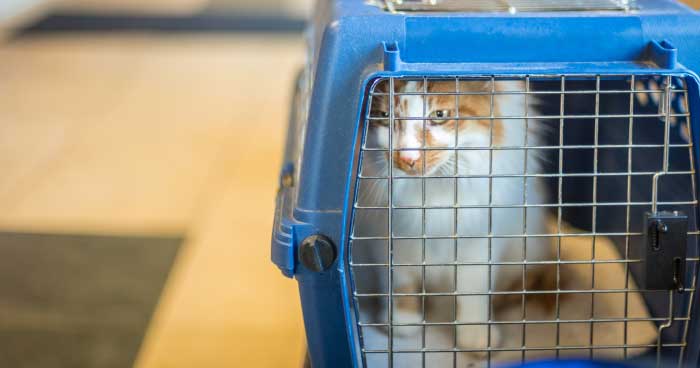
Standard carriers or crates will not cut it. International pet travel nearly always demands an IATA-compliant pet crate. Such airline-approved enclosures are designed for airflow, security, and pet comfort. Some pets (especially large breeds or those with special needs) may need custom crates or extra fittings.
In many cases, you are either buying or renting this equipment from the agent. And these are not your everyday plastic boxes; these fiber pet crates are engineered, stress-tested, and built to endure long-haul journeys.
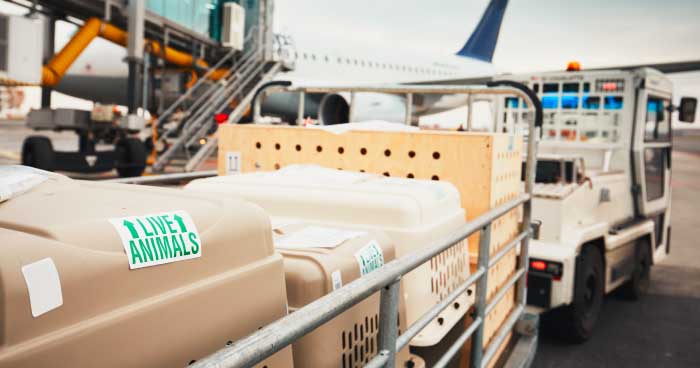
When a pet is on board, the airline forgoes other high-value cargo like pharmaceuticals or electronics in that same temperature-controlled hold. That lost revenue oftentimes gets baked into your quote. Even if your dog is under 10 kg, their crate may occupy a space worth thousand in ‘regular’ cargo.
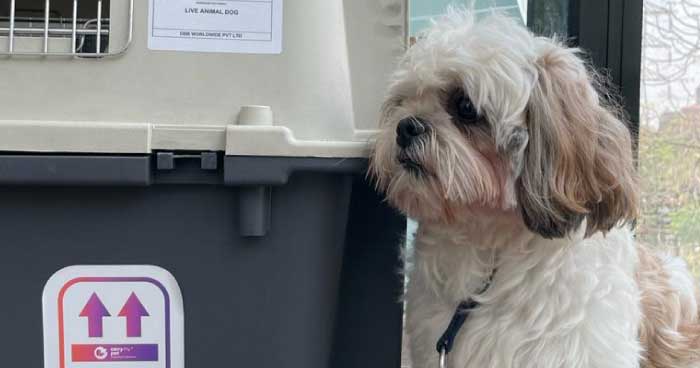
Pet transport agents need to be members of global organizations like IATA, IPATA, and ATA. That means annual fees, ongoing training, certification processes, and strict adherence to animal welfare standards.
It also means they are held accountable; not just by clients, but by international pet travel and air travel guidelines. Yes, you are paying for their expertise, but a large chunk of that goes towards certification and compliance.
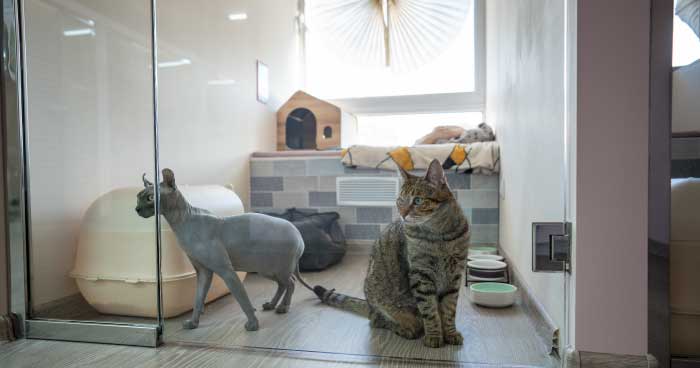
Certain countries like Australia, New Zealand, or Japan have non-negotiable quarantine requirements. Agents often coordinate quarantine bookings and may advance fees on your behalf. These costs can stretch into the hundreds, sometimes more.
Some countries have such a complex and intricate pet import process that they outright recommend pet parents to hire a professional pet transportation company. Then there’s insurance. Most agents offer coverage for unexpected issues during travel. It is completely optional, but often advised. After all, peace of mind does not come cheap.

Lastly, there is the time it takes. A reputable agent will be checking regulations across jurisdictions, coordinating vet visits, filing documentation, liaising with airlines, booking layovers, updating you, and prepping your pet.
Behind every smooth pet relocation is a stack of emails, calls, approvals, and checklists, along with hundreds of man-hours of work. Agents might spend ten to twenty hours (sometimes far more) just on one animal.
There is no getting around the fact that a pet relocation is far from cheap, nor is hiring a professional to take care of the process for you.
However, the emotional toll of a botched relocation can be brutal. A rejected health certificate, an outdated import form, or even the wrong food in a crate can derail the process, not to mention add to further costs and complications. Your pet could face weeks in quarantine, flight delays, or be turned back at the border.
Forget about the money for a moment. As fellow pet parents, we know how emotional such a complication can be and how heartbreaking it is to see your pet in distress. When you consider these bases, the cost of a pet relocation company far outweighs the cost of a botched relocation attempt.
International pet relocation is an expensive affair because it must be. The system is built for precision, safety, and compassion, making sure your pet is safe and comfortable throughout the journey. Every dollar you pay ensures your pet gets there safe and sound, and that matters more than saving a few hundred on a corner-cutting service. Pets are family; for family, we choose the best option, not the least expensive one.

AUTHOR’S BIO
Shivangi Lawania
Storytelling is my way of bringing ideas to life. I enjoy shaping words that spark curiosity and connection, while keeping a strong focus on branding and communication. For me, great content blends creativity with clarity to leave a lasting impression.